Biofeedback therapy of the pelvic floor muscles for urinary incontinence
When any sudden movement, such as coughing or laughing, turns into a problem, you need to take action. Urinary incontinence is not just an inconvenience, but a factor that deprives you of confidence and limits your freedom of action.
Biofeedback therapy of the pelvic floor muscles helps you regain control over your body. During the sessions, you will learn to control the muscles, observing their work in real time. Without pain, complex procedures and unnecessary difficulties - just you, your efforts and visible results.

specialists

equipment

treatment
Indications for biofeedback therapy
Biofeedback therapy is effective not only for treatment, but also for prevention of disorders. It is especially useful for women during menopause, when the pelvic floor muscles lose tone, as well as for men after prostate surgery. In addition, this method of biofeedback therapy is recommended for people with obesity, a sedentary lifestyle or after long-term heavy loads to prevent muscle weakening and the development of related problems.

When is pelvic floor biofeedback therapy indicated?
- Urine leakage Stress, urgent, mixed forms, as well as cases arising after childbirth or surgery
- Fecal incontinence Decreased tone of the anal sphincter due to injury, surgery or age-related changes
- Constant constipation Lack of coordination or weakness of the muscles involved in defecation
- Pelvic pain A feeling of discomfort caused by spasm of the pelvic floor muscle fibers (for example, in chronic pelvic pain syndrome)
- Postpartum rehabilitation Muscle recovery after pregnancy, tears or episiotomy
- Preparation for and recovery from surgery Gynecological, urological or proctological interventions, including treatment of pelvic organ prolapse
- Prolapse of pelvic organs Initial stage of prolapse of the bladder, uterus or rectum
- Problems with sexual function Decreased sensitivity or discomfort during intercourse due to weakness or excessive tension in the pelvic floor muscle fibers
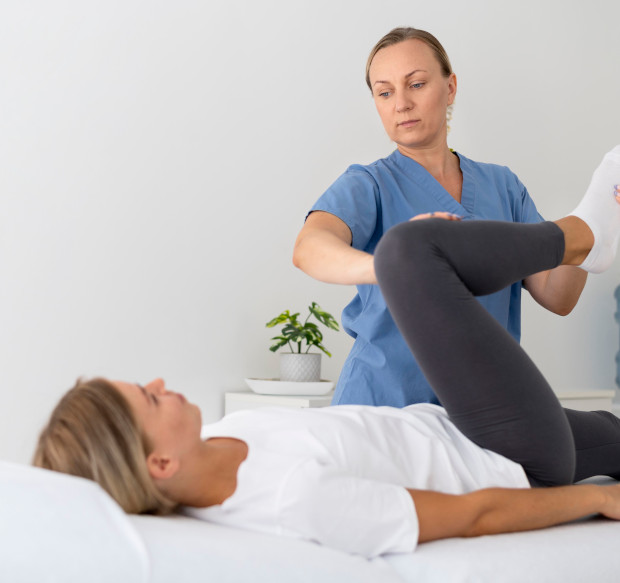
How to prepare for biofeedback therapy?
- See a doctor. Tell him about your symptoms and find out if you can undergo therapy
- Take a urine test and do an ultrasound of the pelvis to rule out inflammation or other problems
- Before the procedure, go to the toilet to empty your bladder and take a shower
- Wear loose and comfortable clothes so as not to interfere with the procedure
- Do not drink coffee, tea or alcohol 4 hours before biofeedback therapy - they can affect the muscles
- Tell the doctor about all the medications you are taking so that he can take this into account in the treatment
You must take your medical record, a towel or napkins, and a change of underwear with you.
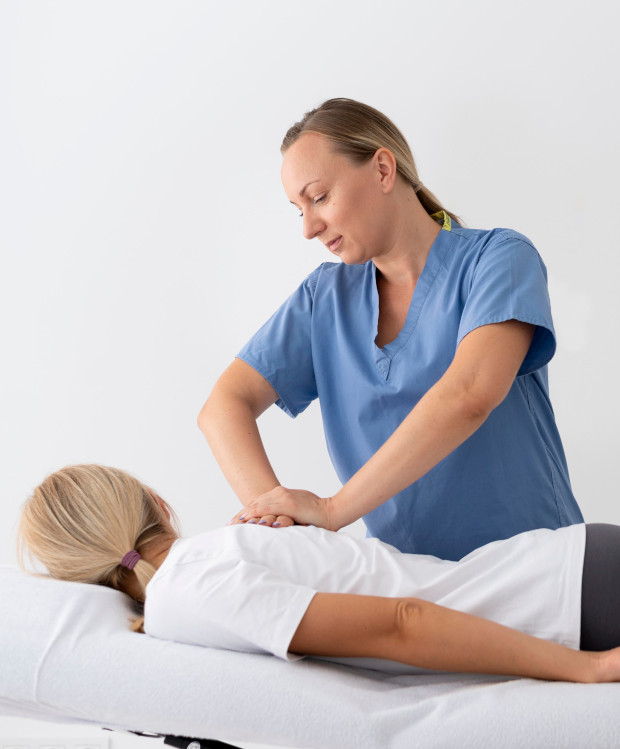
How does the biofeedback therapy procedure work:
- Preparing the patient. The patient is placed on a comfortable couch. Special electrodes are placed on the pelvic floor or anus (depending on the treatment goal). These electrodes are connected to a device that generates safe, weak electrical impulses.
- Starting stimulation. The device sends soft electrical impulses that make the muscles contract. This helps to activate even those muscles that the patient cannot use independently.
- Feedback via biofeedback. At the same time, the patient watches on the screen how his muscles respond to stimulation. Graphs, indicators or sound signals show the degree of muscle fiber activity. The patient is asked to independently strengthen contractions or relax the muscles, focusing on this data.
- Training. Stimulation alternates with active work by the patient. For example, the patient learns to consciously tense and relax muscles to improve their strength and coordination. The specialist explains how to perform the exercises correctly and corrects the actions if necessary
At the end of the BOS therapy session, the electrodes are removed, and the specialist discusses the dynamics with the patient and gives recommendations for continuing the treatment.
One therapy session takes about 30 minutes. The course usually consists of 10-15 procedures, which are carried out 2-3 times a week, depending on the patient's condition and the purpose of the treatment.
Answers to popular questions
Patients often ask questions about the process and features of biofeedback therapy. Here are the answers to the most common ones.
Is it possible to play sports during treatment?
Light physical activity, such as walking or yoga, is not contraindicated. However, intense exercise, such as lifting weights, is best avoided during biofeedback.
Is biofeedback therapy suitable after childbirth?
Yes, the technique is often used to restore the muscle fibers of the pelvic floor in women after childbirth, if there are no complications. Before starting treatment, be sure to consult a doctor.
Is it possible to do biofeedback therapy at home?
You can't do biofeedback therapy on your own, as it requires special equipment and specialist supervision. But a doctor can recommend exercises for home use that will complement the main course.

This award is given to clinics with the highest ratings according to user ratings, a large number of requests from this site, and in the absence of critical violations.

This award is given to clinics with the highest ratings according to user ratings. It means that the place is known, loved, and definitely worth visiting.

The ProDoctors portal collected 500 thousand reviews, compiled a rating of doctors based on them and awarded the best. We are proud that our doctors are among those awarded.
Make an appointment at a convenient time on the nearest date

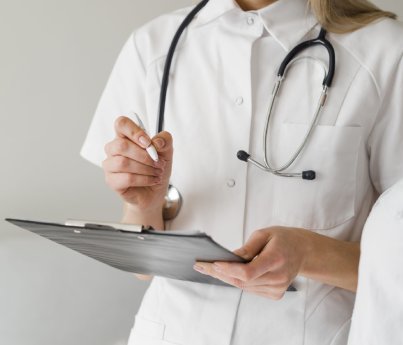
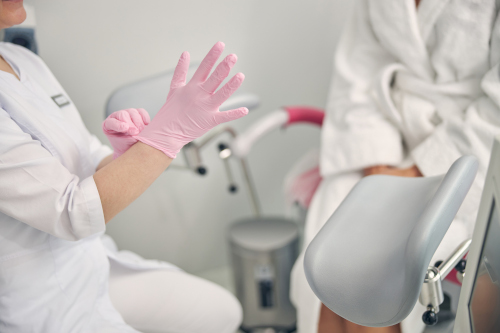
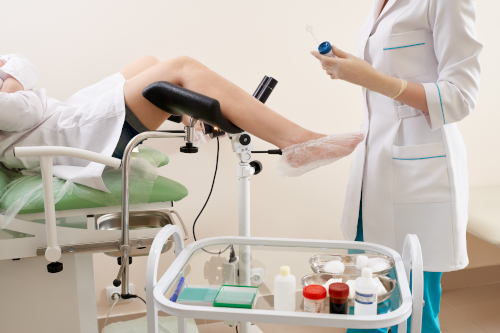
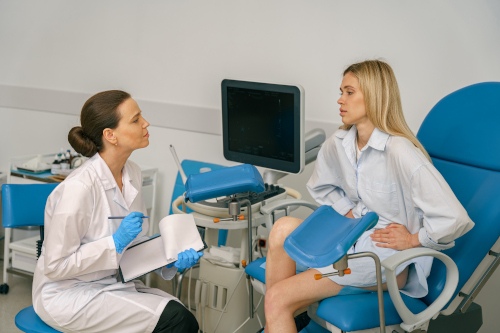

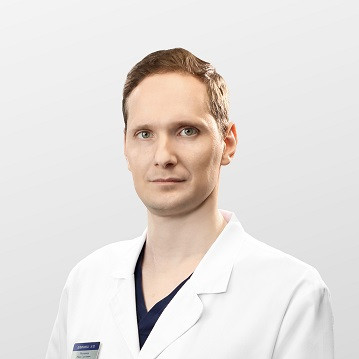
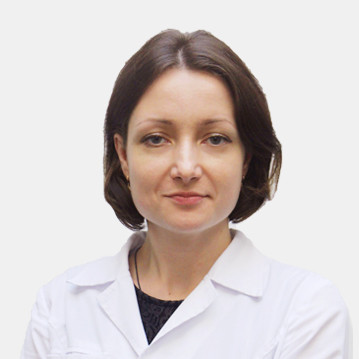
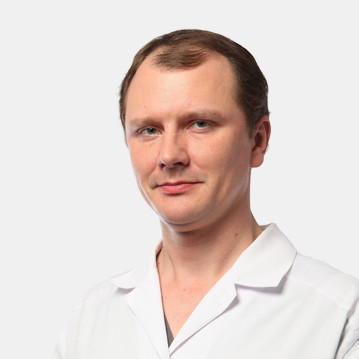
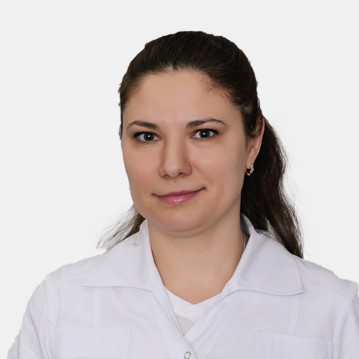
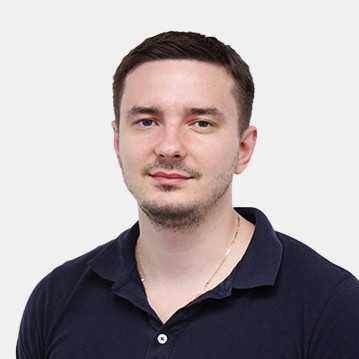
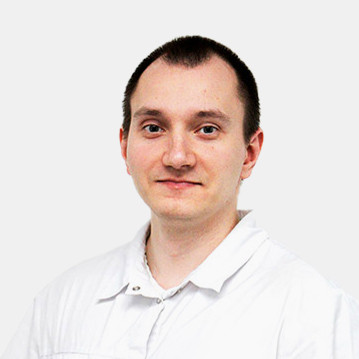
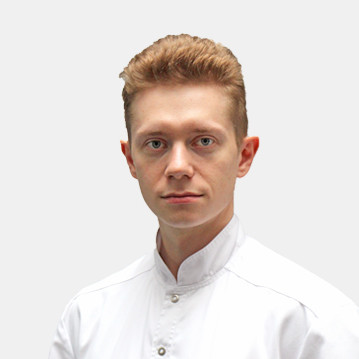
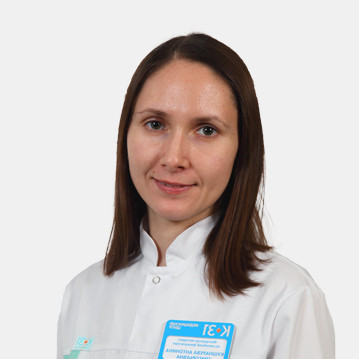
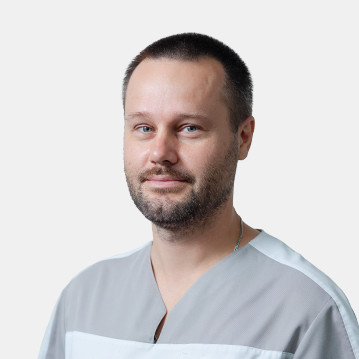
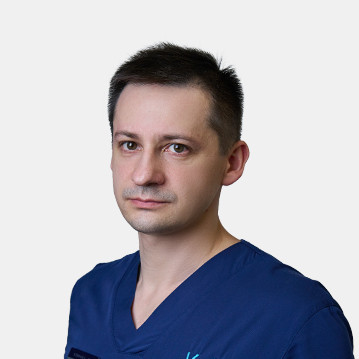

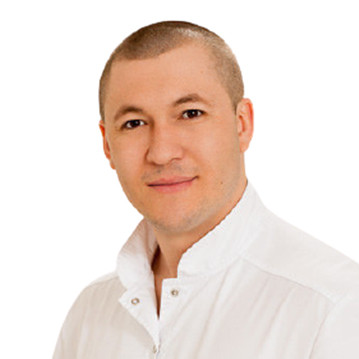

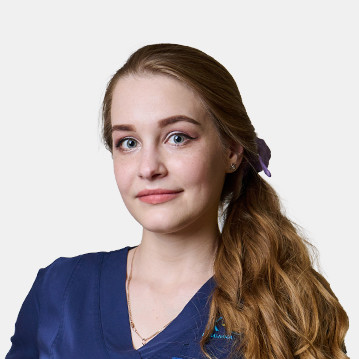
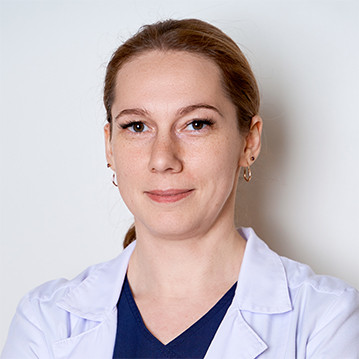
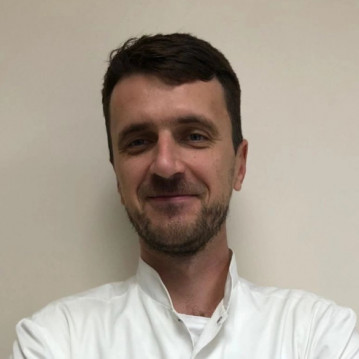
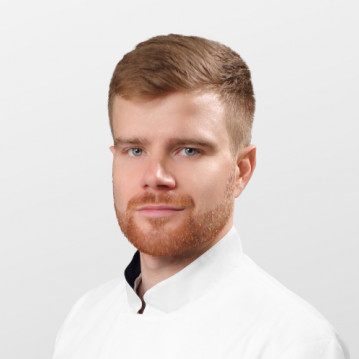
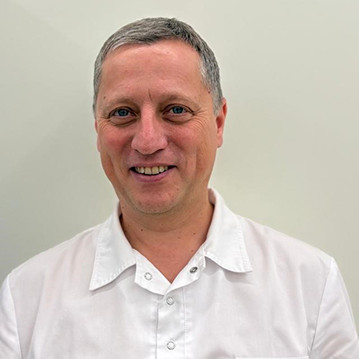


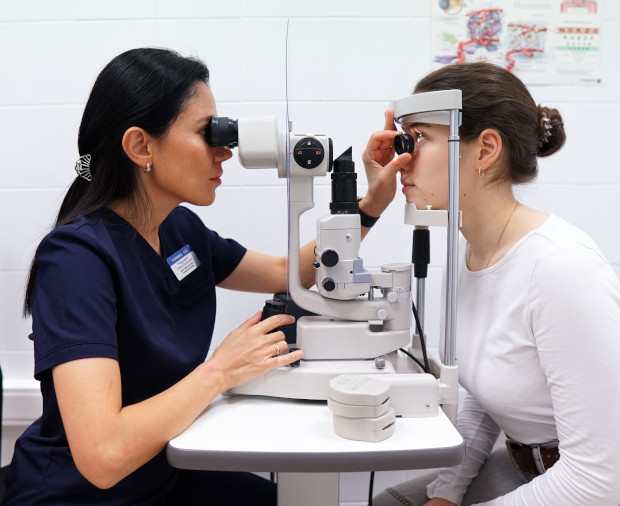


What is biofeedback therapy?
Biofeedback therapy is a method of training the pelvic floor muscle fibers based on the use of specialized equipment. During the session, sensors are connected to the patient's body, which record muscle activity and display it on the monitor. The screen shows graphs or indicators that show how the muscles tense or relax. Under the supervision of a doctor or instructor, the patient learns to control the muscles in order to regain control over the urination process.
Using the BOS therapy method to strengthen the pelvic floor muscles
The BOS therapy method helps to strengthen the pelvic floor muscles in a variety of situations. When control over urination is lost, it improves muscle coordination, increasing their tone. For women after childbirth, this is an effective way to restore muscles weakened by pregnancy. BOS is also used for chronic problems with defecation, improving the work of the muscles involved in this process. The method is also used for preventive purposes to avoid muscle fiber atrophy in people during hormonal changes or with low physical activity.